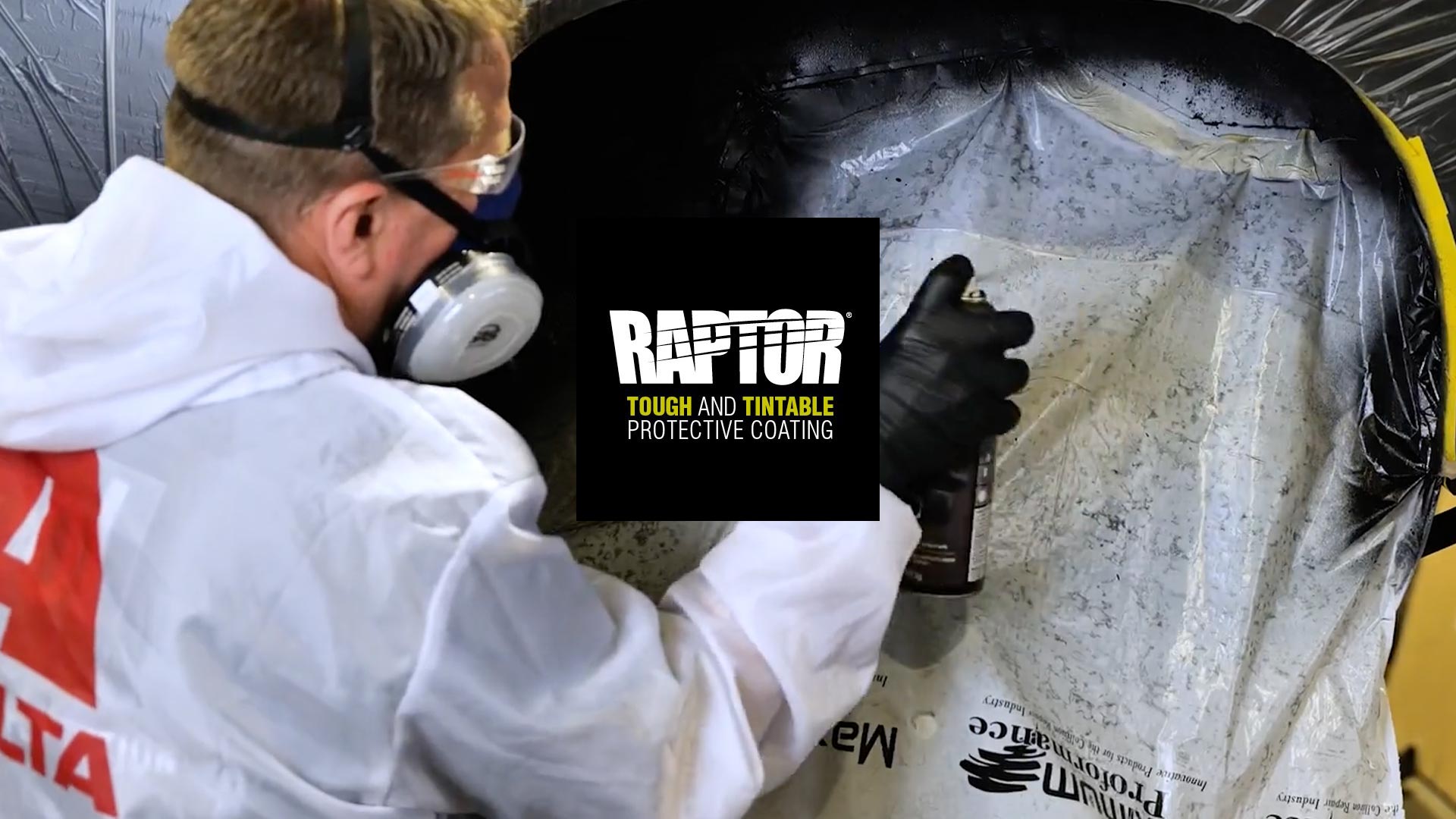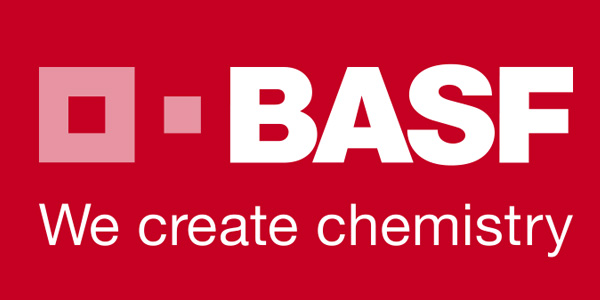Last month, I offered some examples of auto body repair products, techniques and equipment that were “new and scary” back in the day but are commonly used now because they replaced their previous versions due to being faster, better or contributing to a higher quality repair. Another industry-sweeping change that didn’t get enough respect from the old-school painters was the advent of isocyanate catalysts.
Acrylic Enamel
When I joined our industry in 1970, the GM cars in my customers’ shops were repainted with acrylic lacquer and the Ford and Chrysler cars were refinished with enamel. I still sold a bunch of sticky synthetic/alkyd enamel, but the new thing then was acrylic enamel. It offered better performance because the enamel resin wasn’t made from plant squeezins’ but manmade plastics. They lasted longer in the weather, were more flexible and dried faster. But the weak link with any refinish enamel resin is the length of time to recoat a poor result without lifting. Ranging anywhere from 12 hours to 30 days, in no case did it help a busy paint shop get work out the door quickly.

Isocyanate Hardeners
Enter the magic potion that had been part of fleet and industrial polyurethane enamels since the mid-1960s: isocyanate hardeners. When the acrylic enamel resin was catalyzed (cross-linked) with the isocyanate additive, the new finish was once again better in every respect. Better UV stamina, way more flexible, better gloss and – best of all – capable of being recoated almost immediately without lifting. Now, productive shops could go too fast, screw up (no way!) and re-repair quickly enough to keep Mrs. Smith happy.
Typically mixed at one pint of catalyst to a gallon of color (4 oz. hardener : 32 oz. color), then reduced to spray, the new paint mixture was easily concocted. So if the finished product was way better and the addition of another paint component was simple enough, where’s the respect problem? Respiratory protection, my friends. We were (and are) an industry of manly men: “Why wear eye protection, I’ll just squint,” “Earmuffs, what is this, knitting club?” “Never needed no charcoal mask before, certainly don’t need one now.”
I’m sorry to tell you how many of my original shop painters just wore a single rubber band particle mask (never a legal solution for any shop hazard) while they painted – some with a cigarette stuck through the mask while they sprayed! The lacquer painters got a headache, and the enamel painters got both a headache and sticky overspray all over them. Solvent poisoning was the main health risk. If your lungs take in enough solvent-laden air along with your oxygen, they’ll pass the solvent into your blood stream. As the blood reaches your brain and your brain doesn’t find enough oxygen because the solvent is in there, you’ll become dizzy or lightheaded.
If you sniff, huff or otherwise inhale solvent fumes (from paint, thinner, body filler or adhesive glues – all the same), you’ll first get dizzy and then pass out. If you pass out enough times by depriving your brain of oxygen, you’ll do permanent brain damage (possibly explaining some of your weirder co-workers’ actions). These inhalants act as asphyxiant gases, and their primary effects are due to oxygen deprivation. My 1970s body shop painters knew that if they just stepped outside into fresh air for a few minutes, the oxygen would be replenished in their blood and they would stop being dizzy. What could possibly be different about this new hardener?
Safety Warnings
The new isocyanate catalysts came with lots of safety warnings – that most of my old painters completely ignored! Whereas solvent in your lungs generally took years to do permanent damage, isocyanates were a heat and moisture sensitive chemical reaction. Guess what? It’s 98.6 degrees inside your nice, wet lungs. Once the catalyst cross-links with your respiratory system, the damage is permanent. We made sure to tell our customers again and again that this stuff was different and particle masks wouldn’t keep them safe.
In an infamous example of how unsafe isocyanates can be, 8,000-plus people died and 550,000 were injured in Bhopal, India. On the night of Dec. 2, 1984, a number of mistakes caused a tank holding 30 tons of methyl isocyanate (a more virulent chemical form than we use) to heat to 392 degrees and explode. The low-hanging gas cloud killed 2,200 people near the plant immediately and is still causing damage to generations of Indian citizens. Those who died suffocated when their lungs effectively glued themselves shut.
Protection
Although on a smaller and less violent scale, the same type of lung damage happened to lots of my painters who ignored the difference between thinner/reducer and iso catalysts. As I believe every SDS (Safety Data Sheet, formerly MSDS) warns, your safest option when spraying catalyzed paint is a positive pressure-supplied air respirator. The Feds have all sorts of standards on what constitutes “breathable air,” but typically air that meets Grade D standards will be legal in collision refinishing. Whether the respirator’s air comes from an oil-less air compressor (no possibility of carbon monoxide) or is passed through both a filter and monitor (to warn of CO), it won’t have any bad stuff in it.
The best part of a TC-19c legal respirator is the positive pressure – more air is pumped in than you can possibly inhale, so air is escaping from your face piece or hood and no isocyanate-laden fumes can reach you. Will a negative pressure (no supplied air) charcoal filter respirator protect you? Maybe. Like any negative pressure mask, it has to fit tightly to your face; odd-shaped faces and facial hair both keep the mask from forming a perfect seal. Air always takes the path of least resistance and will whiff through your beard rather than struggle through the filters. If the mask fits tightly, the next question is the status of the charcoal filters.
By virtue of how few air supply systems I see used in shops and the number of apparently healthy painters wearing charcoal masks I see around, I would say that wearing a negative pressure mask can keep you breathing. The issue is there is no sure way to know when the charcoal filter media has absorbed too much, become inert and no longer filters the air properly. Back to my old painters who ignored all the warnings, painted without good lung protection and quickly became sensitized to isocyanate fumes and could no longer paint cars for a living – it’s hard to come to work when your chest feels like someone has a vise around it and you can’t get a cleansing breath whenever you get a sniff of paint.
Continual Evolution
Paint chemistry continues to evolve, and evermore sophisticated catalysts and resins are making today’s auto paints better in every respect – even longer lasting, more chip resistant and better looking than ever. Isocyanate catalysts continue to play a critical role, but your lungs don’t like them any better than the lungs of my original 1970s painters. Make sure you do everything possible to keep from breathing the stuff that makes today’s finishes work so well. Your grandkids will be grateful.













